
Lung Cancer
Latest News
Latest Videos

CME Content
More News
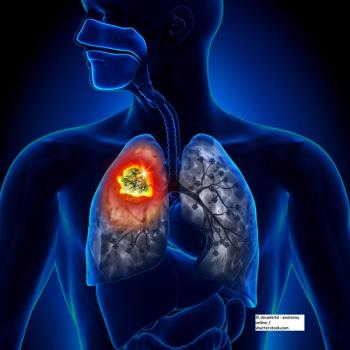
Lurbinectedin may represent a new treatment option as second-line therapy for patients with small-cell lung cancer.
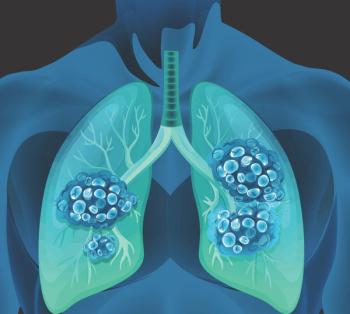
A study in the Journal of the National Cancer Institute evaluated responses in men vs women to combination chemotherapy and a PD-1 or PD-L1 inhibitor.

The FDA approved pembrolizumab as a treatment option for patients with metastatic small-cell lung cancer.
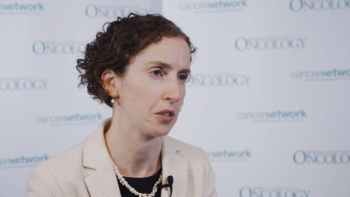

Cancer Network spoke with Karen L. Reckamp, MD, of City of Hope, about the link between several gene mutations and lung cancer in smokers vs nonsmokers.
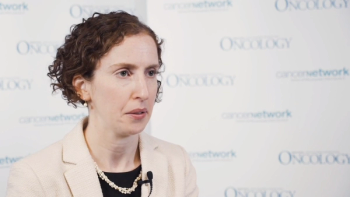
Cancer Network spoke with Anna F. Farago, MD, of Massachusetts General Hospital, about the effect of trilaciclib on myelosuppression in patients with previously treated extensive-stage small-cell lung cancer receiving topotecan.

Cancer Network spoke with Kathryn Cecilia Arbour, MD, of Memorial Sloan-Kettering Cancer Center, about the most recent research on checkpoint inhibitors in oncology.

Cancer Network spoke with Taofeek Kunle Owonikoko, MD, PhD, of Emory University, about talazoparib for patients with HRRD-positive stage IV squamous cell lung cancer.

Cancer Network spoke with Suresh S. Ramalingam, MD, of Emory University, about pemetrexed, bevacizumab, or both for advanced non-squamous NSCLC.

Cancer Network spoke with Steven H. Lin, MD, PhD, of MD Anderson Cancer Center, on the findings of a phase II trial of atezolizumab plus chemoradiation therapy in locally advanced non-small-cell lung cancer.

In this video, Shirish M. Gadgeel, MD, of Rogel Cancer Center, University of Michigan, discusses combo docetaxel/trametinib in G12C or non-G12C KRAS mutation-positive, recurrent NSCLC.

Cancer Network spoke with Tina Cascone, MD, of MD Anderson Cancer Center, at ASCO 2019 about combination checkpoint blockade in the pre-surgical setting for early-stage NSCLC.

In this video, Dr. McFarland of Memorial Sloan-Kettering Cancer Center spoke with Cancer Network at ASCO 2019 about depression in lung cancer and dopamine as potential therapy.

Cancer Network spoke with Karen L. Reckamp, MD, of City of Hope at ASCO 2019 about data on emerging MET inhibitors in the treatment of lung cancer patients.

Cancer Network spoke with Nathan A. Pennell, MD, PhD, of Cleveland Clinic at ASCO 2019 regarding current use of and barriers to molecular testing in NSCLC.

The RELAY trial compared the combination of ramucirumab plus erlotinib vs erlotinib alone in patients with metastatic non–small-cell lung cancer.

A retrospective study finds that use of checkpoint inhibitors is associated with similar survival outcomes among patients with advanced non–small-cell lung cancer, regardless of a history of autoimmune disorders.
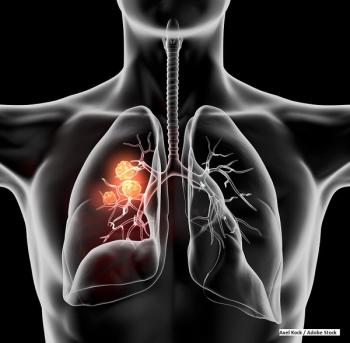
Researchers tested the addition of a pemetrexed-carboplatin chemotherapy regimen to gefitinib for patients with EGFR-mutant advanced non–small-cell lung cancer.

The addition of pemetrexed to bevacizumab maintenance therapy after induction therapy for chemo-naive patients with advanced lung cancer did not meet the primary endpoint in a phase III trial.

It may be possible to double the number of patients eligible for clinical trials for advanced lung cancer by expanding trial eligibility criteria based on new technologies and advances in supportive care.
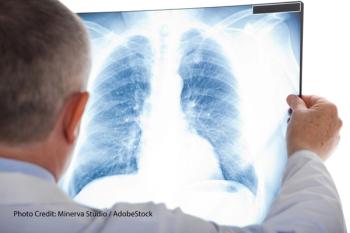
Researchers evaluated the effect of trilaciclib to a topotecan regimen in reducing chemotherapy-induced myelosuppression in newly diagnosed extensive-stage small-cell lung cancer.

The authors compared metformin combined with radiotherapy and chemotherapy vs chemoradiotherapy alone in patients with unresected stage IIIA/B non–small-cell lung cancer.

Results from an interim efficacy analysis of a large, multicenter clinical trial focusing on a programmed death ligand 1 inhibitor were presented at ASCO 2019.

Researchers compared the percentage of non-viable tumor and tissue resident memory tumor infiltrating lymphocytes for nivolumab plus ipilimumab vs nivolumab alone.

The study evaluated the efficacy and tolerability of adjuvant treatment with pemetrexed/cisplatin vs vinorelbine/cisplatin in patients with non-squamous NSCLC.




























































































